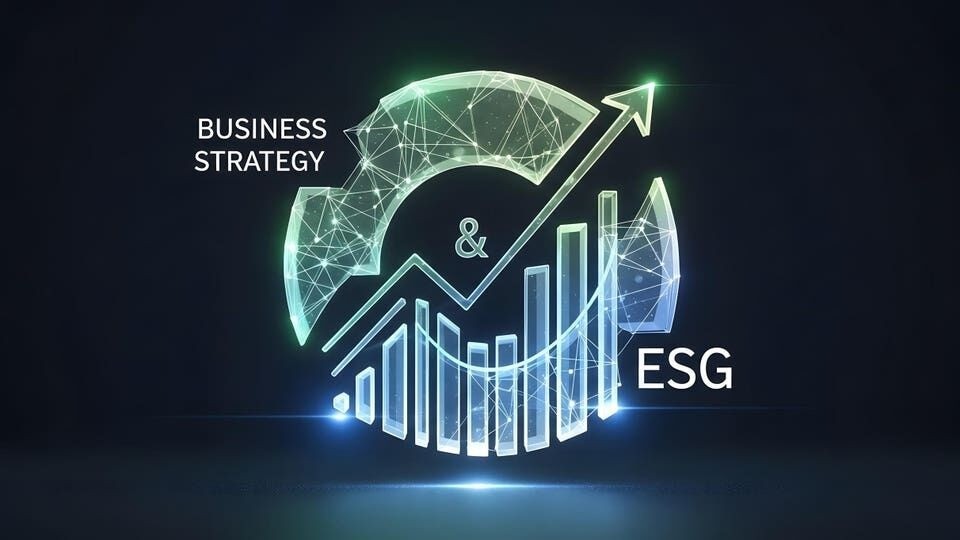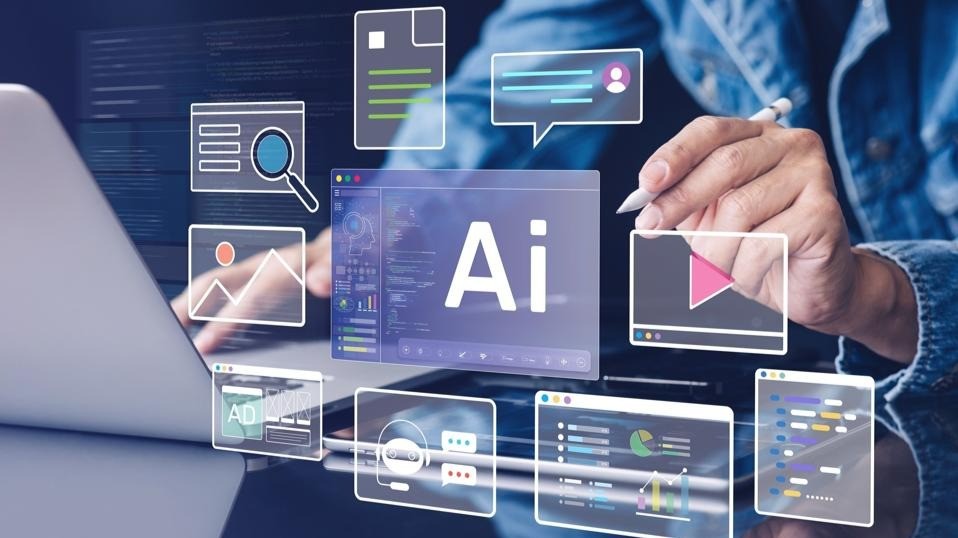What Is Edge Computing In 60 Seconds
2 July 2021
Edge computing, when computing gets done closer to the source of data and away from the cloud, is more than the current technology buzzword—many entities are looking at ways to reduce latency, improve efficiency and have better results by implementing edge computing in operations.
What is Edge Computing?
Edge computing moves the processing of data closer to the source that’s creating the data and away from the cloud in an effort to optimise systems. We’re still firmly in the midst of the cloud-computing era where our devices access centralised services such as Office 365, Dropbox and Slack that are offered by cloud service providers including Amazon, Google, IBM and Microsoft. However, there are several benefits to moving some of the processing of data closer to where it’s being created rather than always having to send it to the cloud. It’s important to note that edge computing is not discussed as a replacement for the cloud, but as the decentralised extension of it or as a complement to it. And, edge computing is growing: Gartner predicts that by 2025, 75% of enterprise-generated data will be created and processed outside the cloud; today, it’s around 10%.
Benefits of Edge Computing
Internet of things (IoT) devices create an extraordinary amount of data, but not all of it is critical. However, when the data is essential for real-time decision-making, it becomes imperative that the data can be processed with no latency (the time it takes to send the data and receive a reply). One of the benefits of edge computing is a reduction in latency. The vast volumes of data created by IoT demand a different approach to processing it. While you might be able to wait a few seconds while your digital assistant goes to the cloud to cheque the forecast before delivering a response, you would likely get into an accident if your autonomous vehicle needed to wait to hear back from the cloud before deciding what action to take. The closer the processing happens as is the case with edge computing, the less lag in response time.
Another benefit of edge computing that many cite is the enhanced security since data doesn’t need to travel over a network. Besides, the data is distributed and not in one data centre. If the data centre would get compromised, local data might still be safe. Also, with edge computing, there’s an opportunity for enhanced security management with the hardware, software and security packaged together. Microsoft is developing Azure Sphere, which combines a cloud service, managed Linux OS and a certified microcontroller as a solution to secure microcontroller devices. With a shift back to local data processing, security needs to be a top priority when designing new products.
There are also significant bandwidth savings because of edge computing. When you scale, it becomes more challenging to transfer all information to the cloud—one device versus 100 streaming data to the cloud have different bandwidth implications. When you don’t have an internet connexion, access to the cloud is unavailable. Edge computing solutions allow some functions and data to be stored locally and only send some of it to the cloud and can wait to do so when bandwidth is available.
Where to go from here:
If you would like to know more about , check out my articles on:
- What Is Edge Computing? Key Benefits And Practical Examples
- 3 Advantages (And 1 Disadvantage) Of Edge Computing
- The Amazing Ways Tesla Is Using Artificial Intelligence And Big Data
- The 6 Biggest Technology Trends In Accounting And Finance
Or browse the Robots, Internet Of Things & Smart Devices to find the metrics that matter most to you.
Related Articles
The Two-Tier AI Economy: Why Half Of Companies Are Being Left Behind And How To Close The Gap
By now, “smart” versions exist of just about every home appliance, gadget and gizmos we can think of. However, manufacturers continue[...]
5 ESG Trends That Will Shape Business in 2026
By now, “smart” versions exist of just about every home appliance, gadget and gizmos we can think of. However, manufacturers continue[...]
The 5 Robotics Trends In 2026 You Must Get Ready For Now
By now, “smart” versions exist of just about every home appliance, gadget and gizmos we can think of. However, manufacturers continue[...]
10 Generative AI Trends In 2026 That Will Transform Work And Life
By now, “smart” versions exist of just about every home appliance, gadget and gizmos we can think of. However, manufacturers continue[...]
Dreamforce 2025 Proved The Agentic Enterprise Has Arrived
By now, “smart” versions exist of just about every home appliance, gadget and gizmos we can think of. However, manufacturers continue[...]
The 8 Biggest AI Agent Trends for 2026 That Everyone Must Be Ready For
By now, “smart” versions exist of just about every home appliance, gadget and gizmos we can think of. However, manufacturers continue[...]
Sign up to Stay in Touch!
Bernard Marr is a world-renowned futurist, influencer and thought leader in the fields of business and technology, with a passion for using technology for the good of humanity.
He is a best-selling author of over 20 books, writes a regular column for Forbes and advises and coaches many of the world’s best-known organisations.
He has a combined following of 4 million people across his social media channels and newsletters and was ranked by LinkedIn as one of the top 5 business influencers in the world.
Bernard’s latest book is ‘Generative AI in Practice’.










Social Media